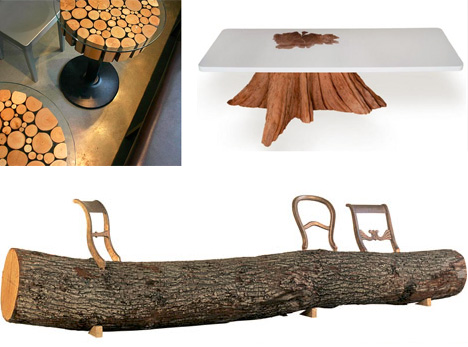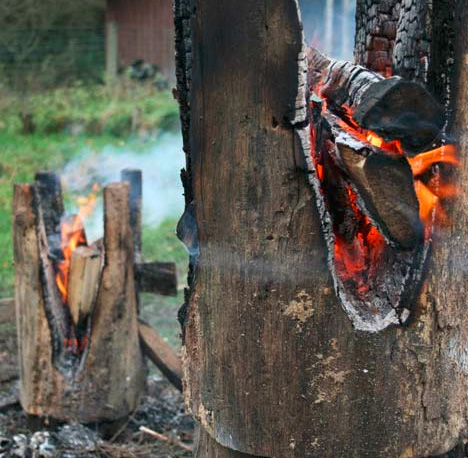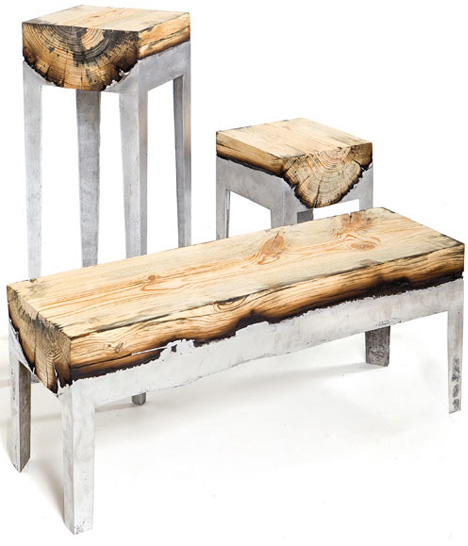 |
| A lot of the pre-launch hype around Canon’s EOS R5 has focused on its video prowess, but why do features like 8K keep getting added to stills cameras? |
Some of the most dramatic improvements in recent cameras have been in the realm of video, leaving many stills photographers unimpressed. But there are some good reasons why cameras keep getting better video, some equally good reasons we’re unlikely to see many ‘pure photography’ cameras in future, and even if we did, there’s very little reason to think such a camera would be any cheaper.
Why the focus on video?
One of the main reasons it seems all the camera makers are focused video is because it’s an area where there’s clear room for improvement. Image sensors are now very, very good: efficiency is very high and read noise is very low, meaning we’re unlikely to see the big steps forward in generational image quality that we saw in the earlier days of digital photography.
Instead, most of the progress being made is in terms of readout speed and processing power. We’re seeing these manifest as better autofocus performance, multi-shot camera modes and improved video. This is also why we spend more time discussing AF and video in our reviews: because they’re areas of significant progress and difference between models.
Understandably, we see a lot of stills photographers saying they don’t want to have to pay for features they don’t need. But it’s not that simple:
You’re already paying for the hardware
 |
| Pitched as ‘The Ultimate Photo Shooting Camera’ at launch, the Panasonic G9 gained a major mid-life video upgrade, to broaden its appeal. |
The faster readout and processing that help provide higher-res and better bitrate video are the same technologies that underpin the faster, more subject-aware autofocus improvements we’ve seen in the past few years. The same is broadly true of the multi-shot high res, focus stacking and re-focus modes that have been added: so you won’t lower the hardware costs by leaving video out.
You may not be paying for the development
On top of this, the very reason manufacturers are committing development resources to video is because they hope it will broaden a product’s appeal beyond the (declining) market for traditional stills cameras. YouTube and social media have made video sharable, which makes video capability more desirable. If adding video features means more cameras get sold, then each buyer shoulders a little less of the development cost.
Also, some realms of professional photography now demand high-end video capabilities, so much of the development work is being conducted for that audience, and is then trickling down.
A separate, still-only variant would cost more, not less
Don’t fall into the trap of assuming you could make a cheaper model with these extra features missed off. Designing and developing two versions of a product would cost more, even if they only differed in terms of firmware, since you’d have to conduct the testing and quality assurance on two versions of the firmware, then continue to develop them in parallel in the event of updates.
 |
| A camera with fewer features wouldn’t be cheaper. Even post-purchase firmware would add to costs: would you be willing to pay to have video removed? |
Each additional camera model then incurs marketing expenses, to tell the world that it exists and to communicate the differences. It then adds to production planning and supply chain complexity: you need to balance production capacity between the two models, then make sure that the right number of stills-only and hybrid models end up going to each region and each retailer.
We’ll still see stills-only models
 |
| Not every new camera will have video, but those that don’t will be in the minority: Leica has some high-end video capability in models where it makes sense. |
Despite all these factors, we’ll still see some stills-only cameras. For instance, Leica is likely to continue to offer stills-only rangefinder cameras (even though some models have featured video), and adding high quality video isn’t likely to be a priority for Phase One’s medium format backs.
There’s a mixture of factors at play. Adding video might reduce, rather than broaden, appeal for a product where focus – whether it’s photographic tradition or ultimate stills quality – is a selling point. And this goes beyond the question of whether a video-enabled version would be a satisfying (or even satisfactory) video camera.
Let it roll
But outside these rarefied niches, video is here to stay. Hence Leica’s SL cameras tout pretty impressive video specs and Panasonic’s more stills-focused G9 received a major boost to its video spec, mid-life, to expand its appeal.
 |
| If well implemented, video features need not get in your way, allowing a more streamlined stills experience than in recent generations of camera. |
At which point, rather than rail against the (almost) inevitable, you may find it more productive to argue for better video implementation, so that the video features don’t get in your way. Or perhaps, you could give video a try. Who knows? You might enjoy it.
Articles: Digital Photography Review (dpreview.com)































You must be logged in to post a comment.